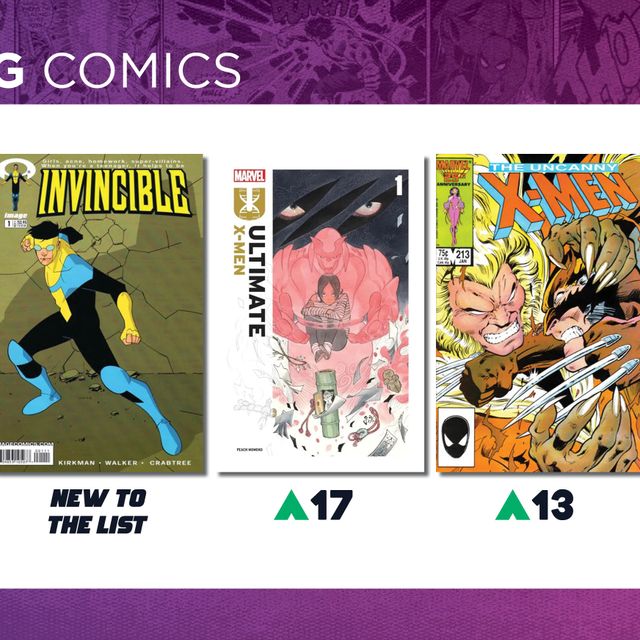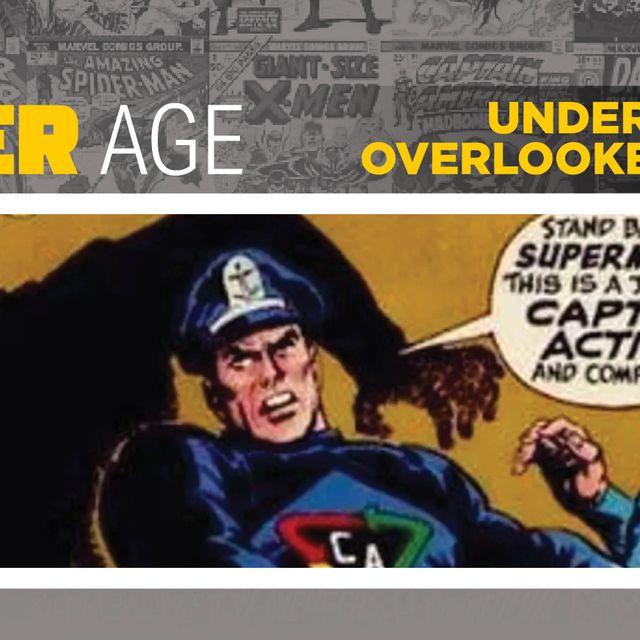Since it’s Halloween, it seems appropriate to talk about horror comics.
It’s too easy to spend this article covering the likes of modern horror giants like “Spawn,” “The Walking Dead,” “Swamp Thing,” and “Hellboy.” I’m going to focus on the classic horror genre from comics that inspired a generation of horror writers and movie makers.
Maybe you’re not a fan of the genre, but if you enjoy reading more mature comics intended for adults (excluding the x-rated stuff. Keep it PG.), you should appreciate these old books. You see, back in the old days, these stories, featuring heavy violence and gore, were intended for teens and adults.
Way back in the 1940s and 1950s, back before the Comics Code Authority put heavy restrictions on the industry, horror comics were en vogue. While there is some debate on the subject, what is considered the first horror comic book story was “The New Adventures of Frankenstein” featured in “Prize Comics” #7. It was an updated take on Mary Shelley’s “Frankenstein” published in December 1940.
Following the Frankenstein adaptation, other publishers printed their versions of classic horror stories, such as “The Strange Tale of Dr. Jekyll and Mr. Hyde.” That eventually led to the first true, original horror comic later in the decade.
Comic historians (from my admittedly limited research) lean toward 1947’s “Eerie” #1 as being what we think of as the first horror comic.
While a pioneer in the horror genre, there’s another bit of history tied to this comic: “The Man-Eating Lizards” short was drawn by legendary artist Joe Kubert, whose influence on the entire industry echoes even today. “Eerie” set the tone for horror books to follow as it was an anthology of stories rather than a serial.
A year later, the first horror comic series was published beginning with “Adventures into the Unknown” #1.
EDUCATIONAL COMICS
Some of the most recognizable horror titles from the 1950s came from a publisher ironically named Educational Comics.
Shortened to simply E.C. Comics, the company produced such titles as “The Vault of Terror” and “The Haunt of Fear.” However, thanks to HBO in the late-1980s and 1990s, the most memorable of E.C.’s comics is “Crypt of Terror,” which was later renamed “Tales from the Crypt.” Just like the show and two feature films, the stories in the anthology were introduced by the Crypt Keeper, bad puns and all.
THE ORIGIN OF MARVEL COMICS
E.C.’s horror comics gained much popularity and other publishers wanted in on the business.
Following E.C.’s success, several companies began publishing their own horror anthologies, creating a short-lived horror boom at that time. One of those publishers was Atlas Comics, which would later become Marvel Comics and had previously been Timely Comics. In fact, one of Timely’s last comics was “Captain America’s Weird Tales” that didn’t have Cap in any of the stories but instead offered readers an anthology of suspense stories.
In the pages of some of Atlas Comics’ titles, you’ll find the likes of Stan Lee, Jack Kirby, and Allen Bellman. Atlas had horror/suspense comics such as “Journey into Mystery,” “Strange Tales,” and “Marvel Tales.” Later, the titles would focus on superheroes after censorship bottomed out the horror genre, which is why Thor made his first appearance in a random issue of “Journey into Mystery” rather than a more befitting title.
THE END
Although the horror genre would see a resurgence in the 1970s, the true boom was in those numerous titles competing in the 1950s. However, since the late 1940s, there was a growing consensus that comic books featuring crime and horror were corrupting America’s youth. In 1954, the Comics Code Authority was created and essentially killed the horror comics of the time with overbearing censorship.
What’s undeniable is the influence these horror comics have had on the comics industry and pop culture. Tonight, when you’re thinking about watching a horror movie, maybe look up some classic horror comics instead and return to the glory days of the genre.



